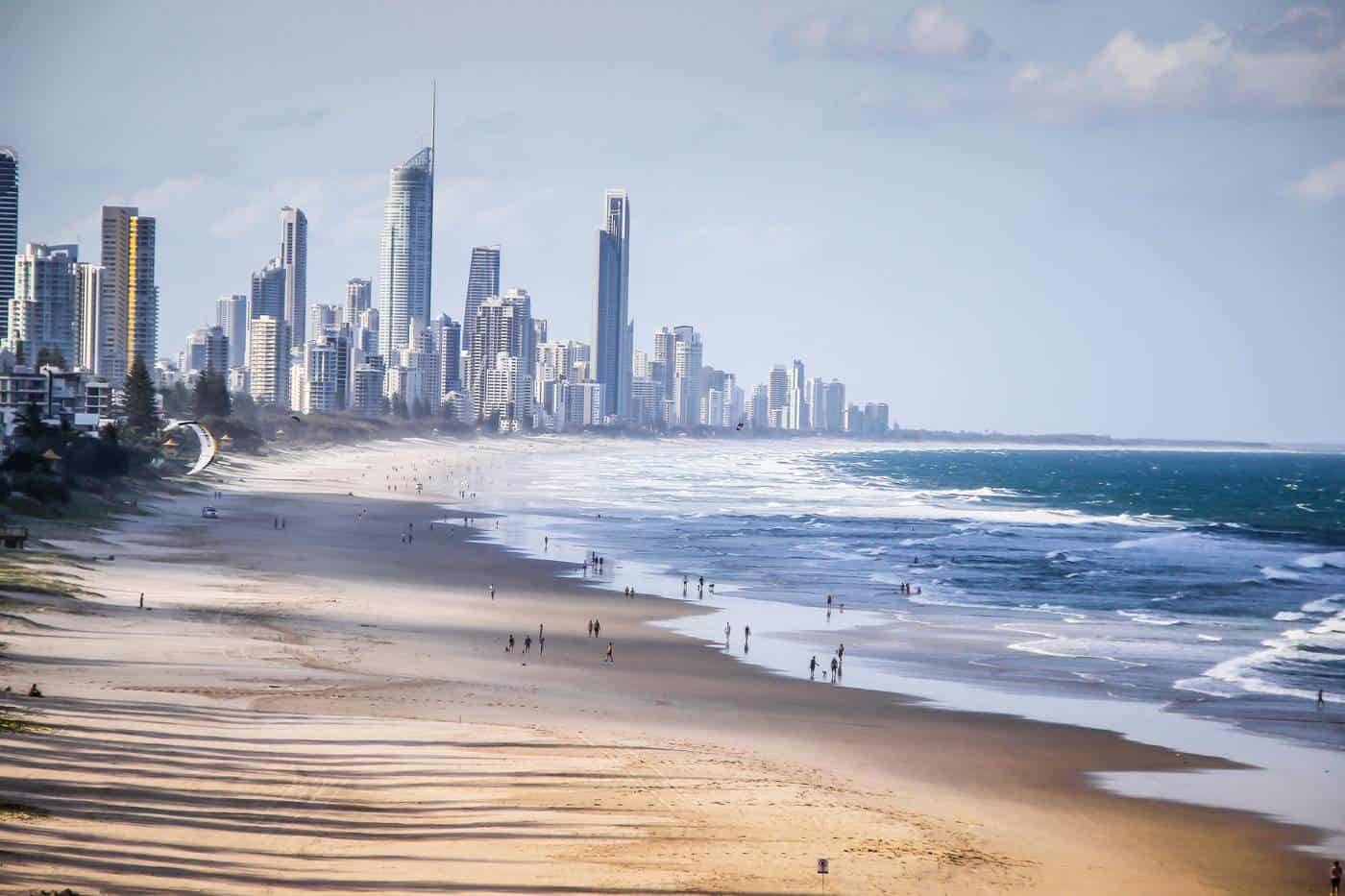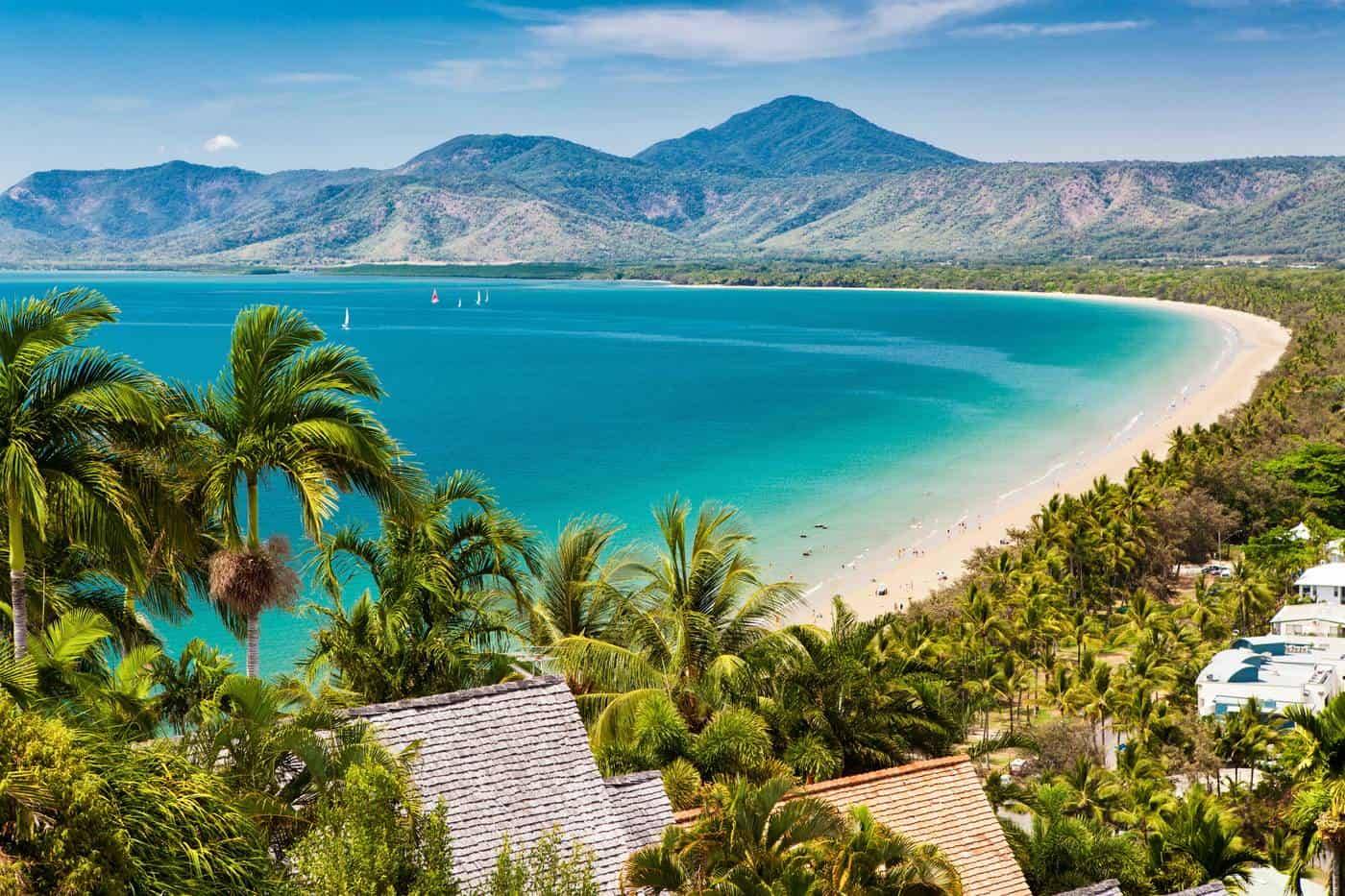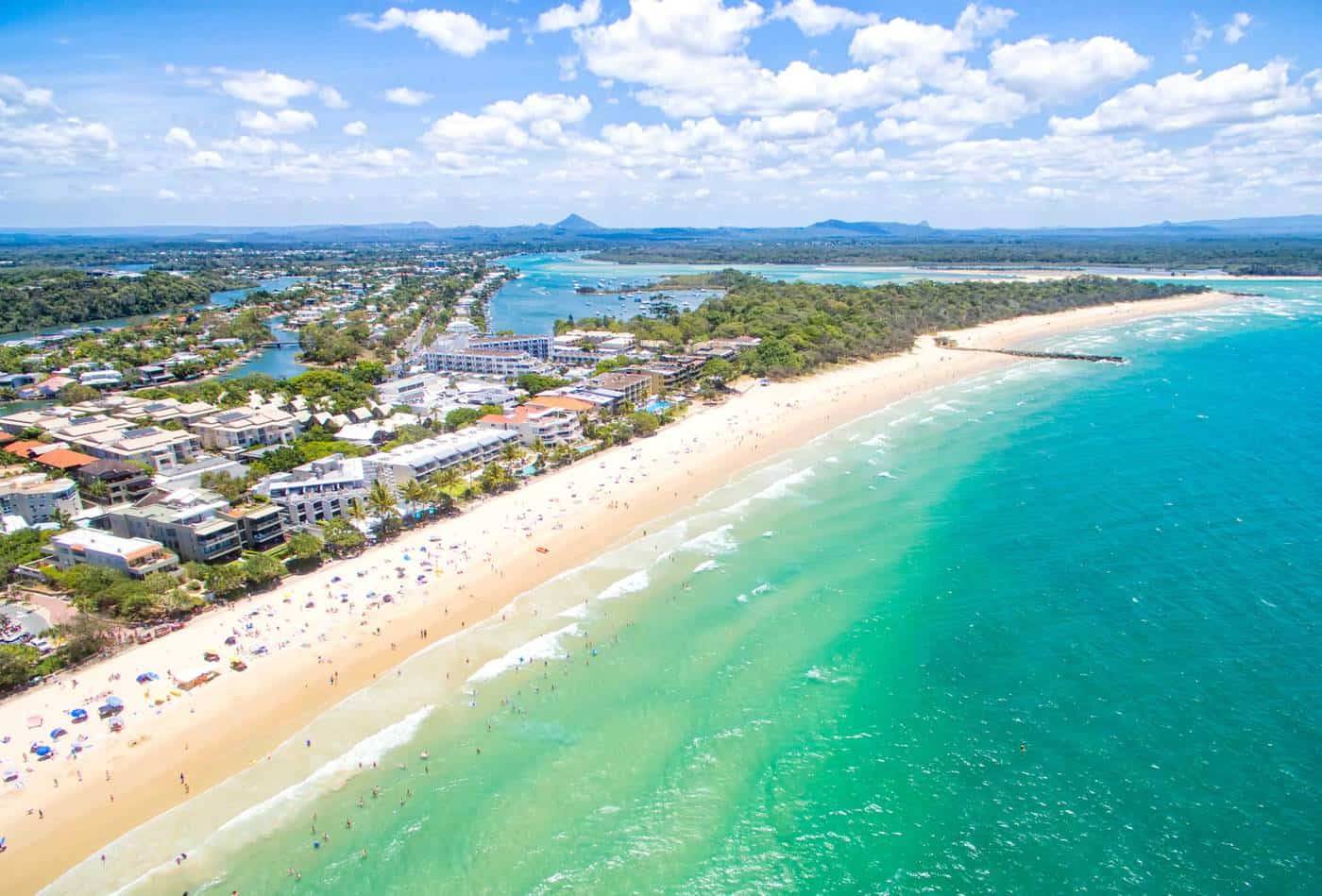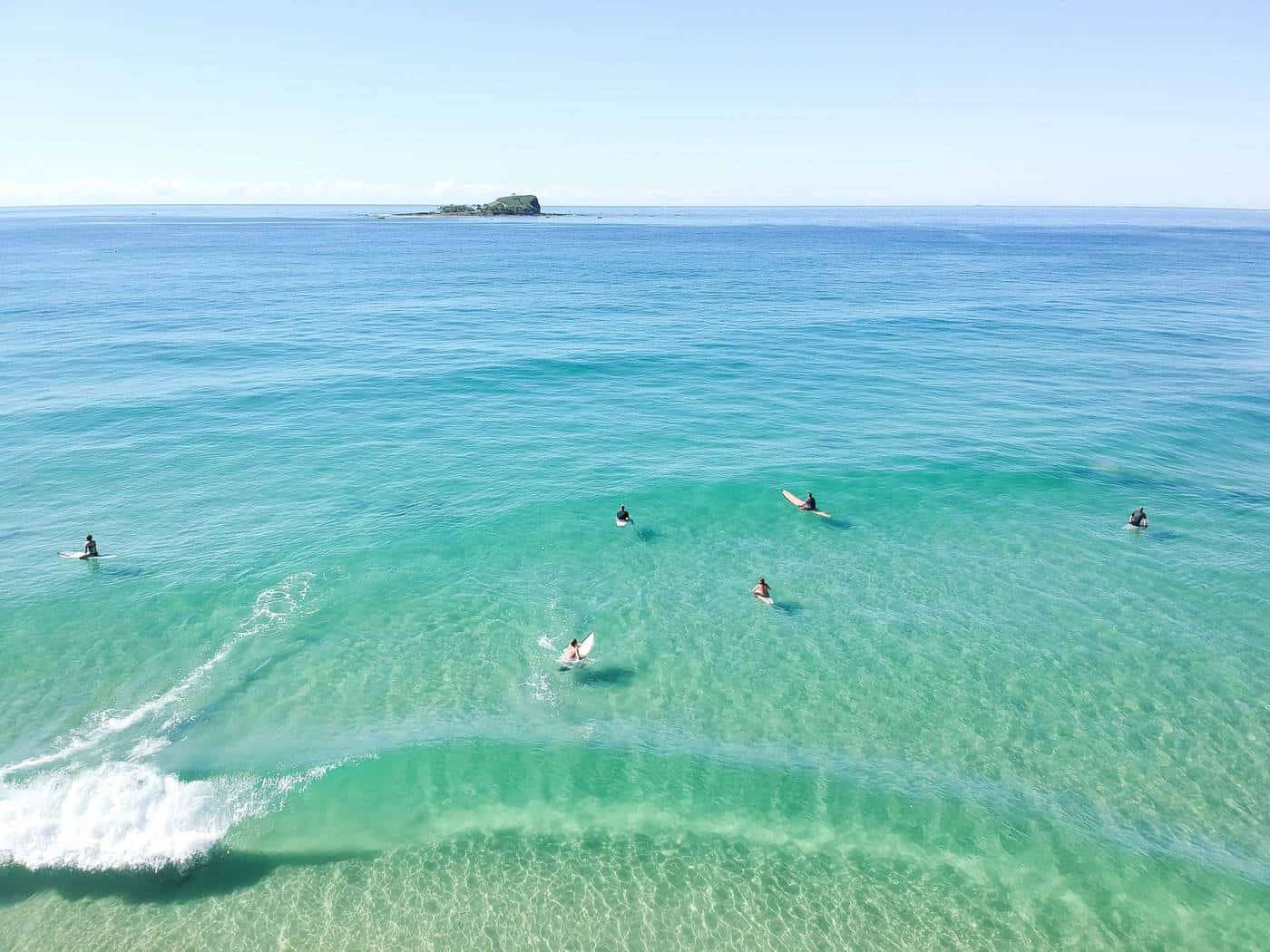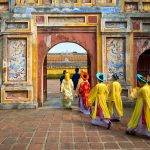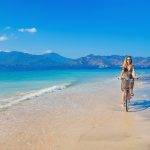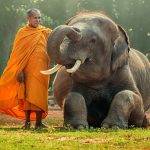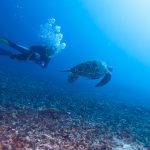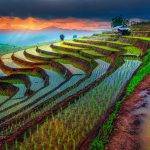
OUTBACK QUEENSLAND
The contrast between Queensland`s heavily touristed Coral Coast and the dwindling outback communities comes fairly confronting. There is a dramatic transformation of the lush, fertile coastline into wide isolation and empty, red plains over the hot, mirage-evoking horizons. Once dominated by dinosaurs, today, Outback Queensland is home to Red kangaroos and Afghan camels.
Some of the routes in the Outback are sealed but many have not changed since the early days. Some dirt tracks can be long and dreary while others enjoy a kaleidoscope of changes. There is one thing however that all roads have in common – they traverse through some of the most remote territories in the world, where 4WD is a must and doing stuff ‘on a whim’ is out of the question.
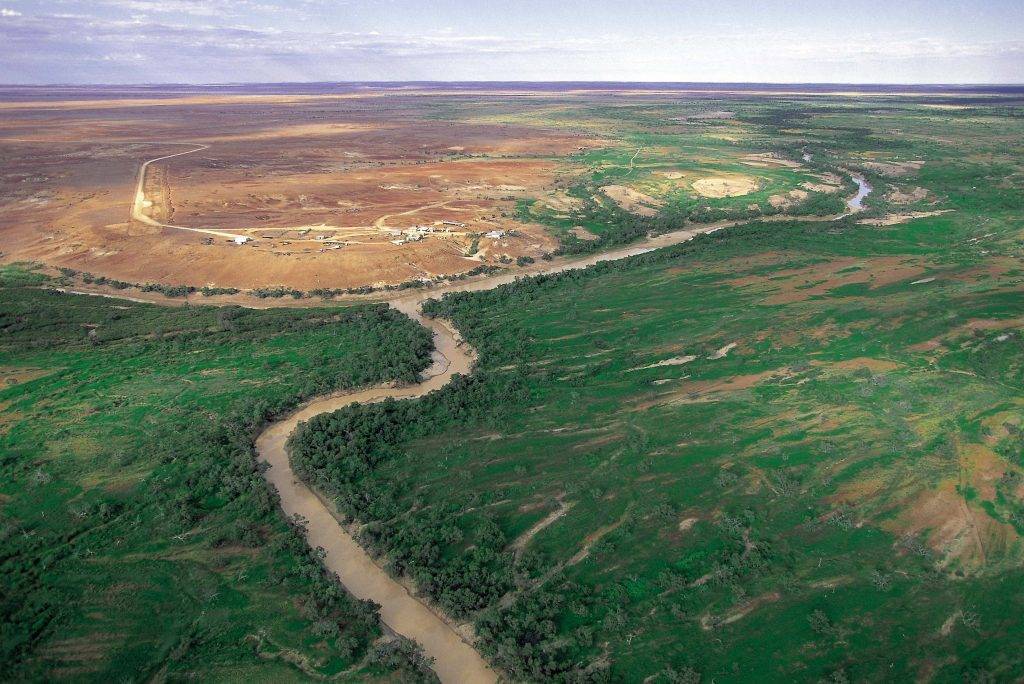
EMERALD
Listing the range of products and activities here is an exercise for diversity: gems, sapphires, precious stones, grains, cotton, beef and cattle, but also grapes and vineyards, citrus and orchards, coal mining and tourism – Emerald is a gateway to the Queensland`s Outback.
The nearby Sapphire Gemfields is not to be missed; mined since the 1800s, the moon-like land attracts not just the history lovers, miners and fossickers but also tourists who are eager to learn more about the precious stones and perhaps buy some locally made jewellery (unless you dig one yourself).
Lake Maraboon is a lovely nature reserve with great recreation facilities, and the Carnarvon National Park is an absolute must-visit. This spectacular volcanic area features rugged scenery, white limestone gorges and rivers, tropical fauna and flora, ancient Aboriginal rock art, outstanding trekking and camping through the wilderness and numerous lookouts and opportunities for photography.
TO GET THERE: drive from Rockhampton (270 km one way)

ESSENTIAL EXPERIENCES AROUND EMERALD
- Emerald – Gregory Mine, Cotton Ginnery, Art Gallery, Fairbairn Dam & Lake Maraboon (camping & fishing), Botanic Gardens, the fossilised tree, historic township
- Sapphire Gemfields – Australian Miners Museum and the Gem Gallery in Rubyvale, the August Gemfest in Anakie, Glen Alva in the Willow Gemfields is the most favourite fossicking area of shallow digging – try your fortune!
- Carnarvon National Park – Carnarvon Gorge created by water erosion, gorgeous walking tracks and sites. (Art Gallery, Big Bend, Wards Canyon, Cathedral Cave, Amphitheatre, the Moss Garden, Boolimba Bluff, Nature Trail, Rockpool

LONGREACH
Another icon of Outback Queensland is Longreach. It is not a big place yet it seems to have all you need – heritage buildings, quirky pubs, cultural shows and old legends from the region. Indeed, Longreach, Winton, Barcaldine and Kynuna carry a good deal of Australian Outback history the country takes pride in.
From the Banjo Theatre, Shearing Shed, the Aussie Stockman`s Hall of Fame (opened in 1988), Outback Heritage Centre, QANTAS Outback Museum (in 1921 the first Qantas flight left here from Winton), the moving legend of Waltzing Matilda to the fascinating story of the formation of the Labour Party – the Longreach area offers well-preserved Aboriginal and the early settlers outback history up to the present day.
TO GET THERE: drive from Rockhampton (690 km one way), 4 WD recommended

ESSENTIAL EXPERIENCES AROUND LONGREACH
- Longreach – the Outback Icon with many attractions, QANTAS display, Banjo`s Outback Theatre, Shearing Shed Shows, Thomson & Yellowbelly River cruises, the Ozzy Stockman`s Hall of Fame, Outback Heritage Centre, various festivals and special events throughout a year
- Winton – another ‘small’ legend in the Australian history (in 1921 the first Qantas flight left here from Winton), Waltzing Matilda Centre (an impressive museum and showpiece), Lark Quarry (a fossilised dinosaur footprint), Arno`s Wall, Musical Fence, Theatre Royal (an open-air cinema), North Gregory Hotel (1895, four times burnt and re-built)
- Kynuna – a famous watch-or-you`ll-miss-it-village, the legendary tale of Samuel Hoffmeister who as a striking shearer in 1894, protested by burning down the Dagworth Station and committing suicide at the Combo Waterhole where still today his ghost haunts the site (Waltzing Matilda – the best known Aussie bush ballad)
- Barcaldine – the Garden City of the Outback, Tree of Knowledge, Folk Museum and Bougainvilleas Heritage Trail, Outback zoo
- Ilfracombe – a small town with historic buildings, Bottle Museum, Transport and Folk Museums

MOUNT ISA
The world`s biggest city – the official size of 40 977 square kilometres gives it pride of place in the Guinness Book of Records. Mount Isa is fully dependent on mineral deposits. Lead, silver, copper and zinc are at their richest here, and one can visit the world`s foremost miner of silver and lead as well as Australia`s largest underground mine.

Although Mount Isa is a big and modern city as soon as you leave the town the surrounding countryside offers quite a different image; wide, open spaces provide a flashback to the ancient Australia where dinosaurs once roamed over the land, gold dazzled the early settlers, yet turned many thriving mines into the ghost towns, pastoralists still continue in their farming traditions and the drivers often get fooled by the mysterious Min Min light. The country here swings between flood and drought annually – this is a realm of crocodiles.
TO GET THERE: drive from Townsville (900 km one way), 4 WD recommended
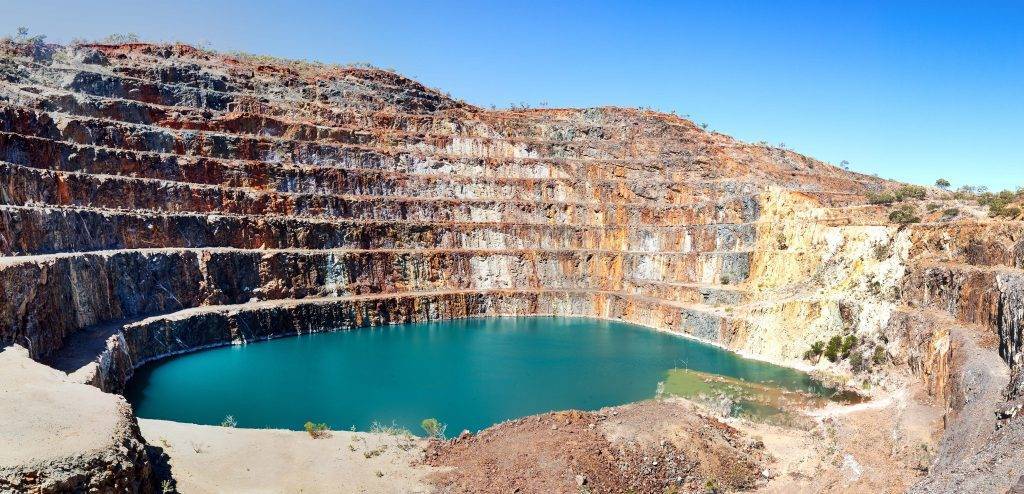
ESSENTIAL OUTBACK QUEENSLAND EXPERIENCES AROUND MOUNT ISA
- Mount Isa – the world`s biggest city by the Guinness Book of Records (40 977 square km) with more than 60 national groups represented in the population, historic mining town (lead, zinc, silver and copper), Australia`s largest underground mine and world`s foremost miner of silver and lead
- Boulia – Stonehouse Museum, Marine Reptile Fossil, the mysterious Min Min Encounter (an unusual light phenomenon that has never been identified), camel races, rodeo, safe waterhole swimming, camping
- Diamantina Lakes – camping, bushwalking, fishing, scenic drives in the national park birdlife spotting, ideal for photography
- Hughenden – Muttaburra (dinosaur skeleton sites), Porcupine Gorge (idyllic canyon with good camping and walking options), local rodeos
- Richmond – once dinosaur hunting grounds, today pastures and cattle stations, Kronosaurus Corner, Minmi Dinosaur, ancient fossils, Sandalwood factory
- Julia Creek – crocodile country begins, Crocodile Dundee`s filming region
- Cloncurry – old mining town, museums, Great Australian Mine, Afghan and Chinese cemeteries of the early miners, Mary Kathleen (first Australian uranium mine)
- Camooweal – the Northern Territory border, named by the first man who brought the Afghan camels to Australia since they were the only animals able of surviving and helping the mining industry at the early stages, Camooweal Caves National Park

THE CHANNEL COUNTRY
From farming regions of Charleville to the Birdsville, the arid landscapes become even harsher, and the country is home to nothing but vast deposits of minerals and gemstones.
Packed with opportunities to go ‘off the road’, see historical sites and Aboriginal culture, explore some of the most isolated regions of Australia, the journey to the edge of the Simpson Desert takes an effort for sure. The vegetation changes from tall, lush and verdant sub-tropical to draught-stunted and tortured brown grass, wide-open spaces, seasonal creeks and just sparsely inhabited plains with occasional cattle stations, until the road hits the unforgiving Australian desert.

This is probably the most popular Drive in the Outback Queensland defined by adventure at its best; the famous Dingo Fence, Flying Doctors, Distance Education Schools, Westlender Railway and many ghost towns scattered across the ochre land.
TO GET THERE: drive from Brisbane to Birdsville (1580 km one way), 4 WD recommended

ESSENTIAL EXPERIENCES IN THE CHANNEL COUNTRY
- Charleville – Warrego River, Flying doctor base, Cosmos Centre Observatory, Westlender Train terminus, Distance education school, Wallaby breeding centre, historic sites and heritage walks
- The Channel Country (Diamantina Developmental Road) – the ghost town of Cooladdi, Quilpie & Windorah – Dingo Barrier Fence
- Tanbar – Arrabury Road (a gateway to the well-known Innamincka and Strzelecki outback areas), Strzelecki Track (456 km)
- Birdsville – the edge of the Simpson Desert and the start of the celebrated Birdsville Track (520km) through a desert and the 40 m high Nappanerica Sand Dune and Poeppel Corner
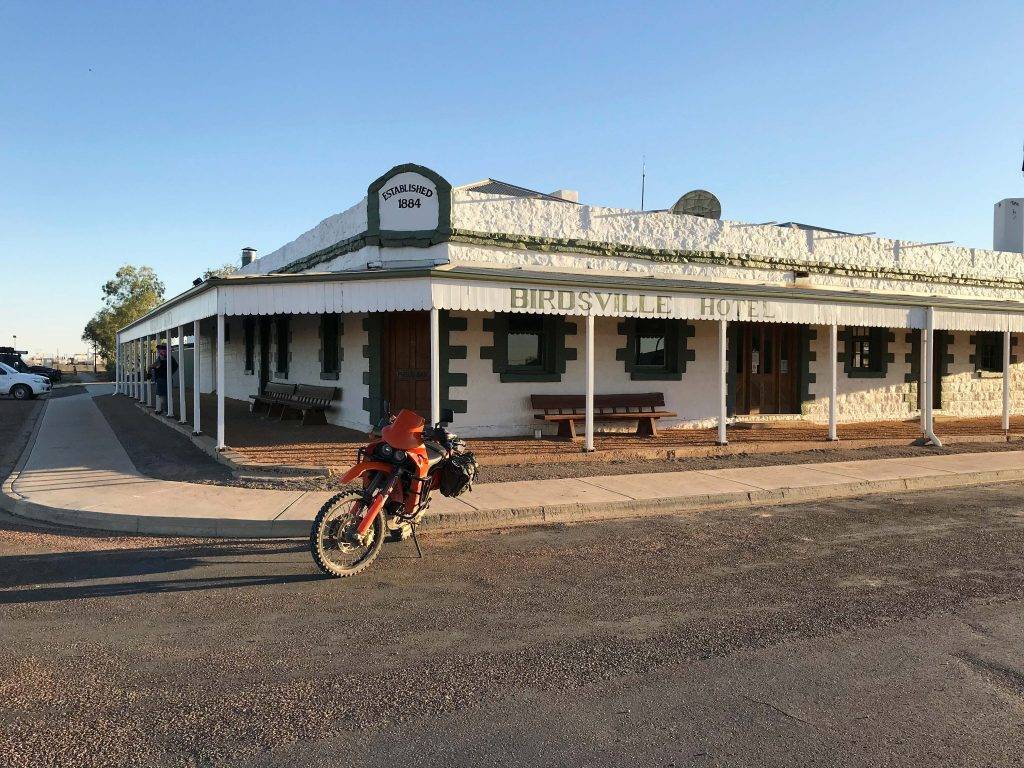
DID YOU KNOW?
The world`s longest fence (Dingo Barrier Fence) that keeps dingoes out of the sheep and cattle in this hostile country was built in the 1880s, and it is 3.500 km long. The barrier runs from the western coast of South Australia to the south-east of Queensland across the entire continent.

USEFUL TRAVEL TIPS
Drivers are recommended to use a 4WD vehicle, and the car should be in a top condition, especially when taking any of the dirt tracks in Queensland’s Outback. Do not underestimate the limited fuel and water supply and the possibility of the vehicle breakdown. Only experienced outback drivers should enter areas marked as hazardous since there is no phone coverage at most of the places.
This part of Australia is highly hazardous and isolated, with harsh, inhospitable country, extreme weather conditions and very limited facilities. The Australian Outback claims about 40 lives a year, and it is clear that this is one of the most unforgiving regions on earth.
Remember that the outback Queensland tracks are frequently closed due to different reasons (floods or extreme heat during summer). Hence always check the road conditions at the visitor centre prior to travelling.
Both the regional roads and highways are ill-famed for the “suicidal kangaroos” – the animals graze by the road, and it is not rare when they out of sudden decide to cross the road, often just before drivers spots them. Kangaroos can cause huge damage to vehicles, especially hired cars and campers are typically not insured against kangaroo hitting. Always check with your rental company and NEVER DRIVE AT DUSK OR DAWN – that is when animals become more active.

WHEN TO TRAVEL
Avoid travelling during the rainy season in Northern Queensland (Nov-Feb). Weather in the Outback is very arid, and it is defined by blistering heat, ever-sunny days and freezing-cold nights. Regardless of the season, these two factors will be present all year round.
Generally speaking, the best time to visit the Outback Queensland is June-Sept.
HOW TO GET THERE
Fly to Brisbane and rent a 4WD vehicle.
For all international flights go to www.skyscanner.com or www.momondo.com
